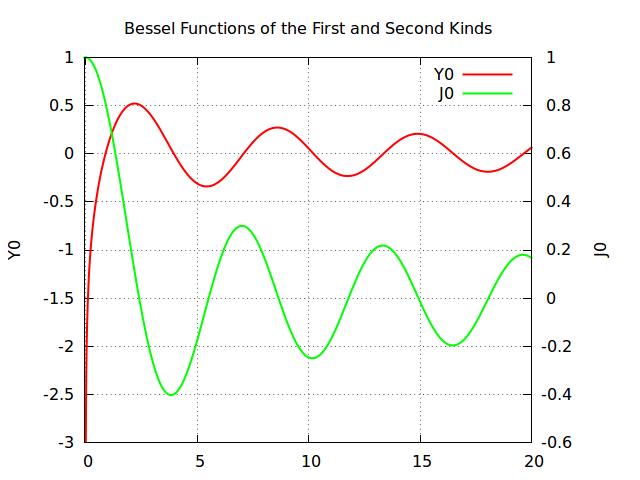

So we draw the grid by our own using the parametric mode and finally plot the whole globe: set parametric set mapping sphericalįor the grid we have to remove the set grid command, because it doesn’t work with splot. To have Europe in the center we set also the viewport. Offset between the lowest z vlaue an the xy-plane. We arrange the appeareance of the plot by setting the xy-plane to the lowest z value in order to avoid an Also we want to have a non transparent world, therefore we need hidden3d.


We have to tell Gnuplot to map the data on a sphere and using angle values in degree. The 3D plot needs a little more settings. Set lmargin screen 0 set bmargin screen 0 set rmargin screen 1 set tmargin screen 1 set style line 2 lc rgb '#c0c0c0' lt 1 lw 2 unset border Therefore we first add a gray line style, unset the border and arrange the figure margins. We can also easily draw a whole globe in 3D from the given data. 2 The 2D plot of the world edited with Inkscape This and a solution to convert the lines to dashed versions is also mentioned in the plotting the world entry.įig. Especially the dashed line of the grid is not created in the right way, even though the dashed option is used for the terminal. The last thing I would like to mention is the problem, that the output of the svg terminal is slightly different from the pngcairo terminal. 1 and why we should do this:ġ) change the default colors to more pleasant ones and make the lines a little bit thicker set style line 1 lc rgb '#8b1a0e' pt 1 ps 1 lt 1 lw 2 # - red set style line 2 lc rgb '#5e9c36' pt 6 ps 1 lt 1 lw 2 # - greenĢ) put the border more to the background by applying it only on the left and bottom part and put it and the tics in gray set style line 11 lc rgb '#808080' lt 1 set border 3 back ls 11 set tics nomirrorģ) add a slight grid to make it easier to follow the exact position of the curves set style line 12 lc rgb '#808080' lt 0 lw 1 set grid back ls 12 In the following I will have a look at the things we have to do to reach Fig.
GNUPLOT GRID CODE
2 Default output of the pngcairo terminal ( code to produce this figure, data)
GNUPLOT GRID HOW TO
I’ve tried to experiment with all Plot filters, but have not so far found how to actually make a grid plot. I would very much appreciate if someone could please help with doing this sort of plots in Paraview. So this grid is 64x32 and therefore there are 2048 entries per column.

This way gnuplot puts one point into one grid cell. In gnuplot, the needed plot is done with the command splot "dat.25" us 1 wi li, "dat.25" us 2 wi li (this command plots the points in the first two columns) and the plot looks like this: I would need to at least plot one column at a time, not necessarily all columns at once. Each column contains sequences of points, one point per grid cell, each sequence is separated by an empty line space and corresponds to going over the width of the grid once (moving towards the y-direction and filling the x-points at each y-step). gnuplot> set grid gnuplot> plot atan (x) The command 'set grid' can have grids for even minor tics. Post by Martijn Kuipers I have tried to play around with set grid mytics, but to no luck. Gnuplot as a calculator Timestamp Data fitting Grid The grid is not appeared as default. Each column in this file corresponds to a set of 2048 points on a 64x32 grid. Context breach Theres no such command or concept in gnuplot. I would like to plot the points contained in this file with Paraview, but can’t seem to figure out how to do so. I was wondering if someone who works with gnuplot also knows how to make a similar plot in Paraview.


 0 kommentar(er)
0 kommentar(er)
